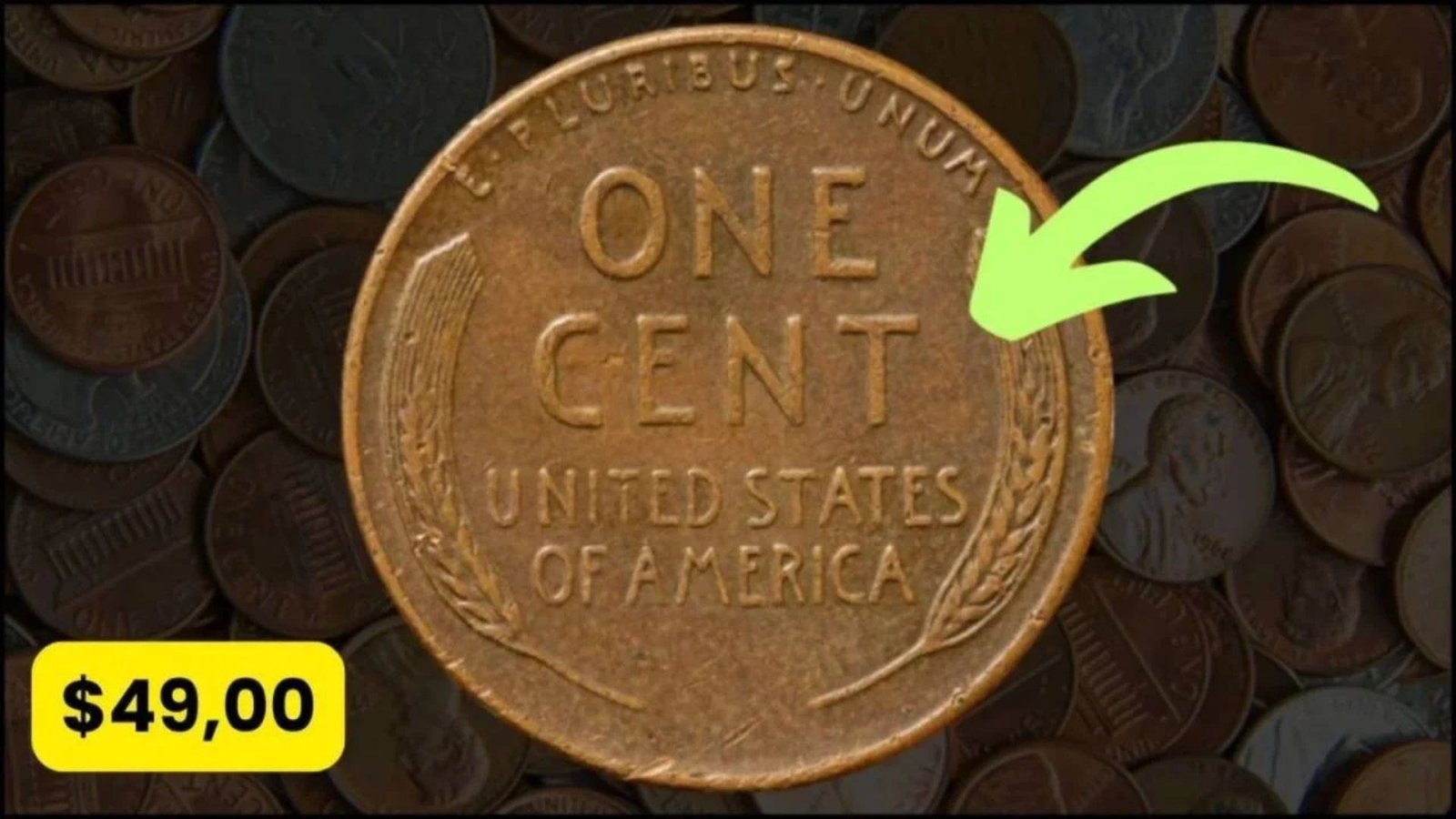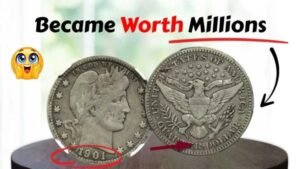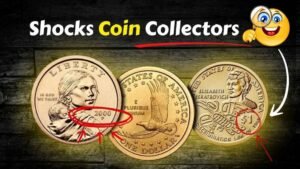The Lincoln Wheat Penny, a small coin with a big history, has captured the hearts of collectors and everyday folks alike. Valued at up to $49,000 for rare versions, many wonder if these iconic pennies are still floating around in pocket change. In this article, we’ll explore the Lincoln Wheat Penny, its value, whether you can still find it in circulation, and tips to spot one. Let’s dive into this fascinating piece of American history in simple, easy-to-understand words!
What Is the Lincoln Wheat Penny?
The Lincoln Wheat Penny is a one-cent coin produced by the U.S. Mint from 1909 to 1958. It gets its name from the image of President Abraham Lincoln on the front (obverse) and two wheat stalks on the back (reverse). Designed by Victor David Brenner, this penny was the first U.S. coin to feature a president’s portrait, making it a historic treasure.
Why Is It So Valuable?
Certain Lincoln Wheat Pennies are worth a fortune due to their rarity, condition, or unique features. For example, some pennies from specific years or with minting errors can fetch prices as high as $49,000 at auctions. The value depends on factors like:
- Year of Minting: Pennies from certain years, like 1909-S or 1931-S, are rare because fewer were made.
- Mint Mark: Coins minted in San Francisco (“S”) or Denver (“D”) are often more valuable than those from Philadelphia (no mint mark).
- Condition: Coins in excellent, uncirculated condition are worth more.
- Errors: Mistakes during minting, like double-die errors, make some pennies extremely rare.
Are Lincoln Wheat Pennies Still in Circulation?
Yes, it’s possible to find Lincoln Wheat Pennies in circulation, but it’s rare. Since they were minted until 1958, many are still out there in piggy banks, old jars, or even pocket change. However, the chances of finding a high-value penny (like one worth $49,000) are slim because:
- Age: Most Wheat Pennies have been collected or worn out over decades.
- Collector Demand: Rare versions are often snapped up by coin enthusiasts.
- Condition: Circulated pennies are usually worn, reducing their value.
Despite this, people occasionally stumble across Wheat Pennies in everyday transactions. For example, you might find one in a cash register or a coin roll from the bank. The key is knowing what to look for!
Which Lincoln Wheat Pennies Are Worth $49,000?
Not every Wheat Penny is worth a fortune. Here are some of the most valuable ones that could be worth up to $49,000 or more:
| Year | Mint Mark | Estimated Value | Why It’s Valuable |
|---|---|---|---|
| 1909-S | S | $500–$49,000 | Low mintage, first year of issue |
| 1909-S VDB | S | $1,000–$35,000 | Rare with designer’s initials (VDB) |
| 1914-D | D | $300–$10,000 | Low production, high demand |
| 1922 No D | None | $500–$20,000 | Minting error, no “D” mark |
| 1931-S | S | $100–$10,000 | Very low mintage |
| 1955 Double Die | None | $1,000–$49,000 | Obvious double-die error |
These values are for coins in top condition. Worn coins are worth less but can still fetch a decent price.
How to Spot a Valuable Lincoln Wheat Penny
Want to check if you’ve got a treasure in your pocket? Here’s how to identify a Lincoln Wheat Penny:
Step 1: Check the Date
Look at the year on the front of the penny. If it’s between 1909 and 1958, it’s a Wheat Penny. Pay special attention to rare years like 1909, 1914, 1922, 1931, or 1955.
Step 2: Look for the Mint Mark
The mint mark is a small letter below the date. It could be:
- S (San Francisco)
- D (Denver)
- No mark (Philadelphia)
Rare mint marks like “S” or “D” can increase the coin’s value.
Step 3: Inspect for Errors
Some pennies have minting errors, like the 1955 Double Die, where the date or text looks doubled. These errors make the coin much more valuable.
Step 4: Assess the Condition
Coins in “mint” or “uncirculated” condition (shiny, no wear) are worth more. Use a magnifying glass to check for scratches or wear.
Where to Find Lincoln Wheat Pennies
You can still find Lincoln Wheat Pennies in a few places:
- Coin Rolls: Buy rolls of pennies from banks and search through them.
- Change: Check your pocket change or cash from stores.
- Flea Markets or Garage Sales: Old coin collections sometimes surface here.
- Inherited Collections: Check old jars or boxes from family members.
Tips for Searching
- Get a Coin Magnifier: A magnifying glass helps spot details like mint marks or errors.
- Learn Key Dates: Memorize valuable years like 1909-S, 1914-D, or 1955 Double Die.
- Check Coin Guides: Use a coin value guide (like the Red Book) to estimate worth.
What to Do If You Find a Valuable Penny
If you think you’ve found a rare Lincoln Wheat Penny, follow these steps:
- Don’t Clean It: Cleaning can damage the coin and lower its value.
- Store It Safely: Keep it in a protective sleeve or holder.
- Get It Appraised: Take it to a professional coin dealer or grading service like PCGS or NGC.
- Sell or Keep: Decide whether to sell at auction, to a dealer, or keep it for your collection.
Why Collectors Love the Lincoln Wheat Penny
The Lincoln Wheat Penny isn’t just about money—it’s a piece of history. It was minted during major events like World War I, the Great Depression, and World War II. Its design, with Lincoln’s portrait and wheat stalks, feels nostalgic and timeless. For collectors, finding a rare Wheat Penny is like discovering a hidden gem.
Fun Facts About the Lincoln Wheat Penny
- The 1909-S VDB penny is one of the rarest because only 484,000 were made.
- In 1943, most pennies were made of steel due to copper shortages during WWII, but a




